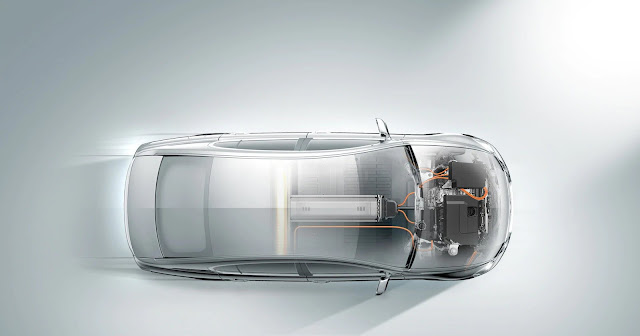Electric Powertrain Market Is Estimated To Witness High Growth Owing To Increasing Demand for Electric Vehicles
 |
| Electric Powertrain Market |
The global Electric Powertrain Market is estimated to be valued at US$ 75.3 Billion in 2022 and is expected to exhibit a CAGR of 16.4% over the forecast period 2022-2030, as highlighted in a new report published by Coherent Market Insights.
Market Overview:
The Electric Powertrain Market refers to the system that converts electrical
energy into propulsion power in electric vehicles (EVs). It includes components
such as electric motor, battery pack, power electronics, and transmission
system. Electric powertrains offer numerous advantages over conventional
internal combustion engines, such as zero tailpipe emissions, lower maintenance
costs, and improved energy efficiency. The increasing concerns about
environmental pollution and the need for reducing greenhouse gas emissions are
driving the demand for electric vehicles, thereby propelling the growth of the
electric powertrain market.
Market Key Trends:
One of the key trends observed in the electric powertrain market is the growing
adoption of electric vehicles globally. Governments worldwide are implementing
stringent regulations and offering incentives to promote the use of electric
vehicles, which is driving the market growth. Additionally, advancements in
battery technology and a decline in battery costs are making electric vehicles
more affordable and practical for consumers. Furthermore, automotive
manufacturers are investing heavily in the development of electric powertrains
to meet the rising demand for electric vehicles. This trend is expected to
continue over the forecast period, fueling the growth of the electric
powertrain market.
PEST Analysis:
Political: The political stability and government policies play a crucial role
in the growth of the electric powertrain market. Government initiatives
promoting clean and sustainable energy, such as subsidies and tax incentives,
are driving the market growth.
Economic: The economic factors influencing the electric powertrain market
include the cost of production, availability of raw materials, and consumer
purchasing power. The increasing demand for electric vehicles and the declining
prices of lithium-ion batteries are major economic drivers for the market.
Social: The growing concerns over environmental pollution and the need for
sustainable transportation solutions are driving the adoption of electric
powertrains. Changing consumer preferences towards eco-friendly vehicles and
the rise in awareness about the benefits of electric vehicles are significant
societal factors affecting the market.
Technological: Technological advancements in electric vehicle components, such
as electric motors, battery technology, and power electronics, are driving the
growth of the electric powertrain market. The development of fast-charging
infrastructure and advancements in autonomous driving technologies are also
positively impacting the market.
Key Takeaways:
The global
electric powertrain market is expected to witness high growth,
exhibiting a CAGR of 16.4% over the forecast period 2022-2030. The market size
for 2022 is estimated to be US$ 75.3 billion.
In terms of regional analysis, Asia Pacific is expected to be the
fastest-growing and dominating region in the electric powertrain market. This
is attributed to the increasing demand for electric vehicles in countries like
China, Japan, and South Korea, supported by government initiatives and
favorable policies promoting the adoption of electric vehicles.
Key players operating in the electric powertrain market include BorgWarner
Inc., Continental AG, Magna International Inc., Marelli Holdings Co Ltd.,
Mitsubishi Electric Corporation, Nidec Corporation, Robert Bosch GmbH,
Schaeffler Group USA Inc., and Valeo SA. These key players are actively
involved in research and development activities, partnerships, and mergers
& acquisitions to gain a competitive edge in the market.
Overall, the electric powertrain market is experiencing significant growth due
to favorable government policies, increasing environmental concerns,
technological advancements, and growing demand for electric vehicles. The
market is expected to witness further expansion, driven by advancements in
battery technology, supportive regulations, and increasing investments in
charging infrastructure.



Comments
Post a Comment